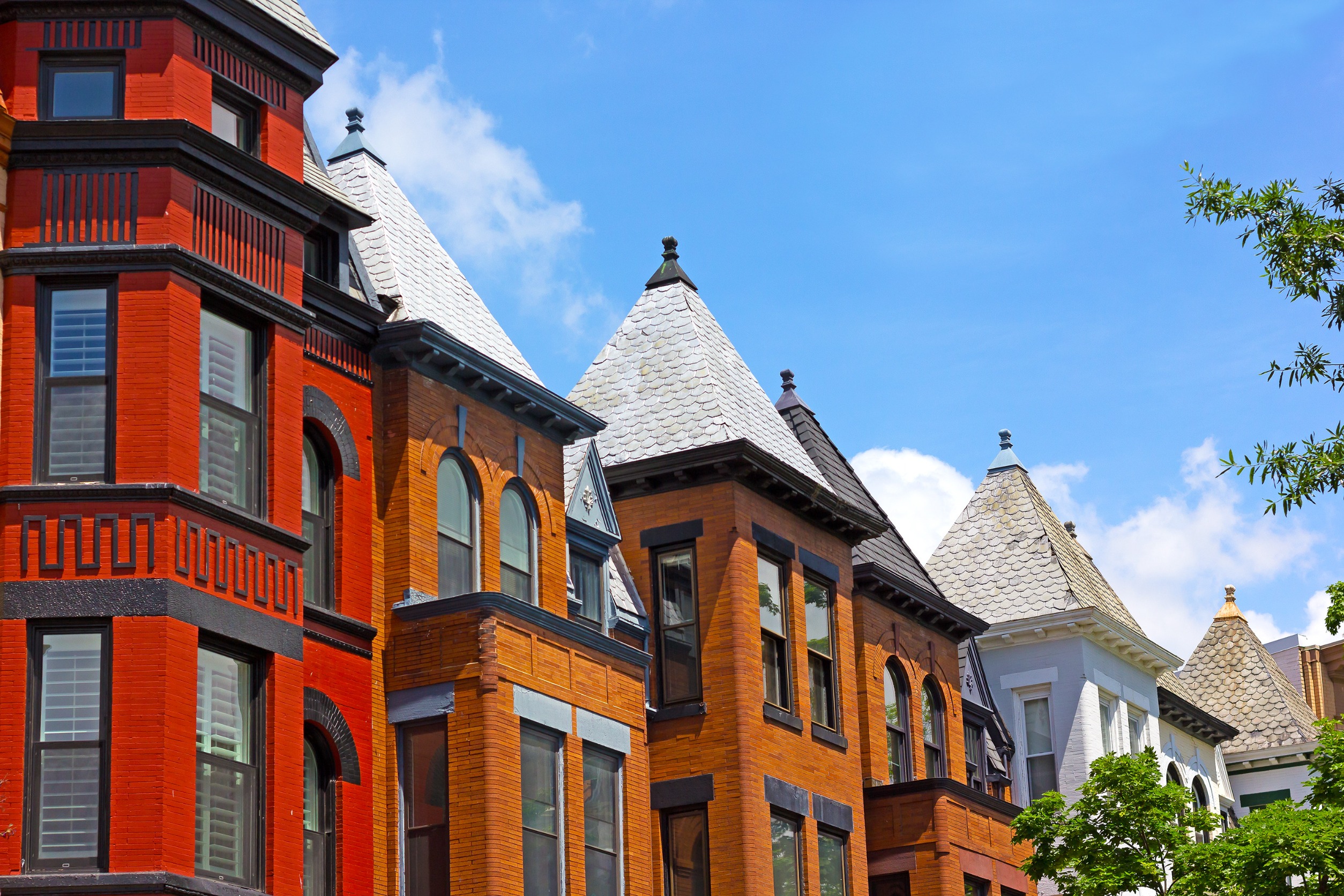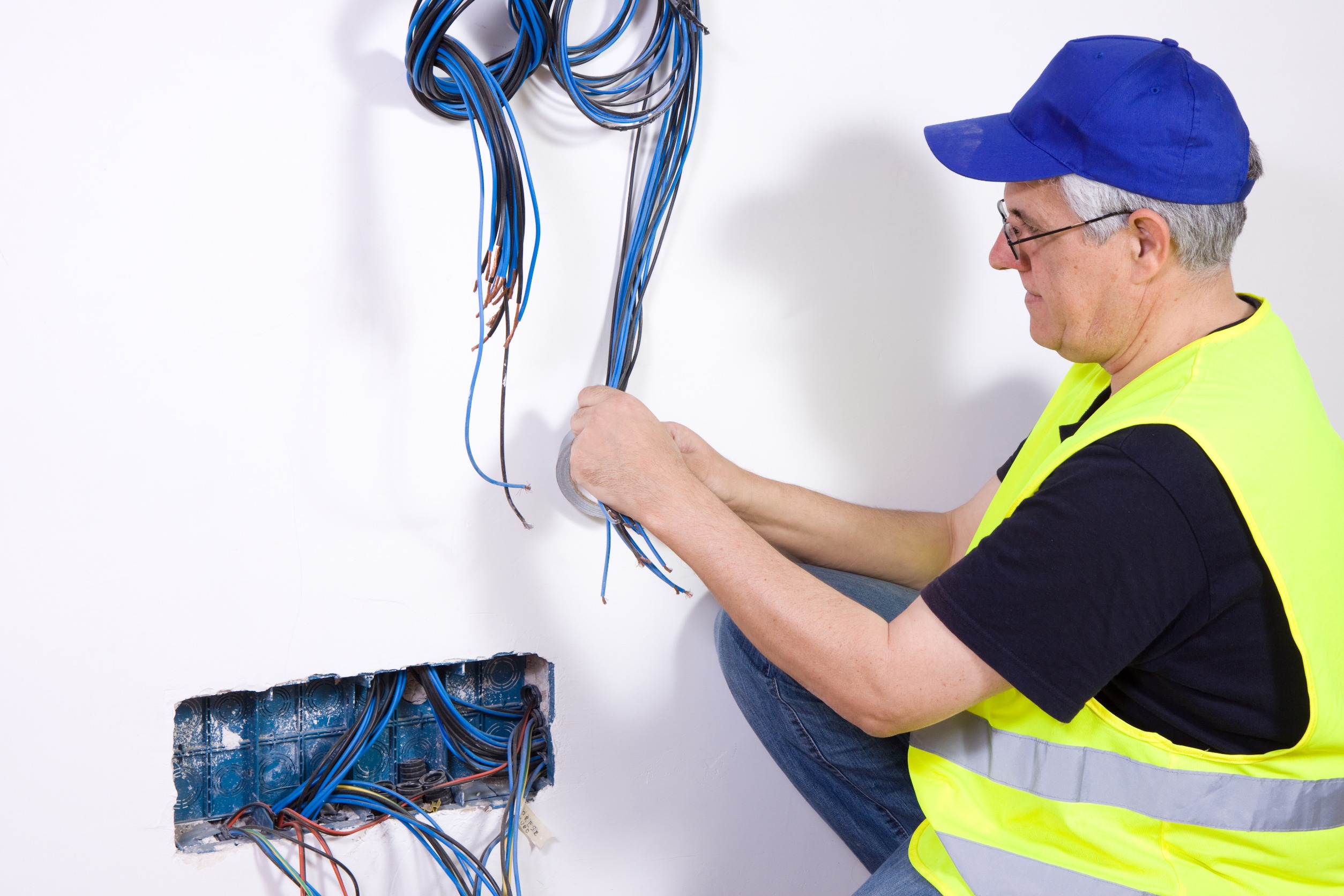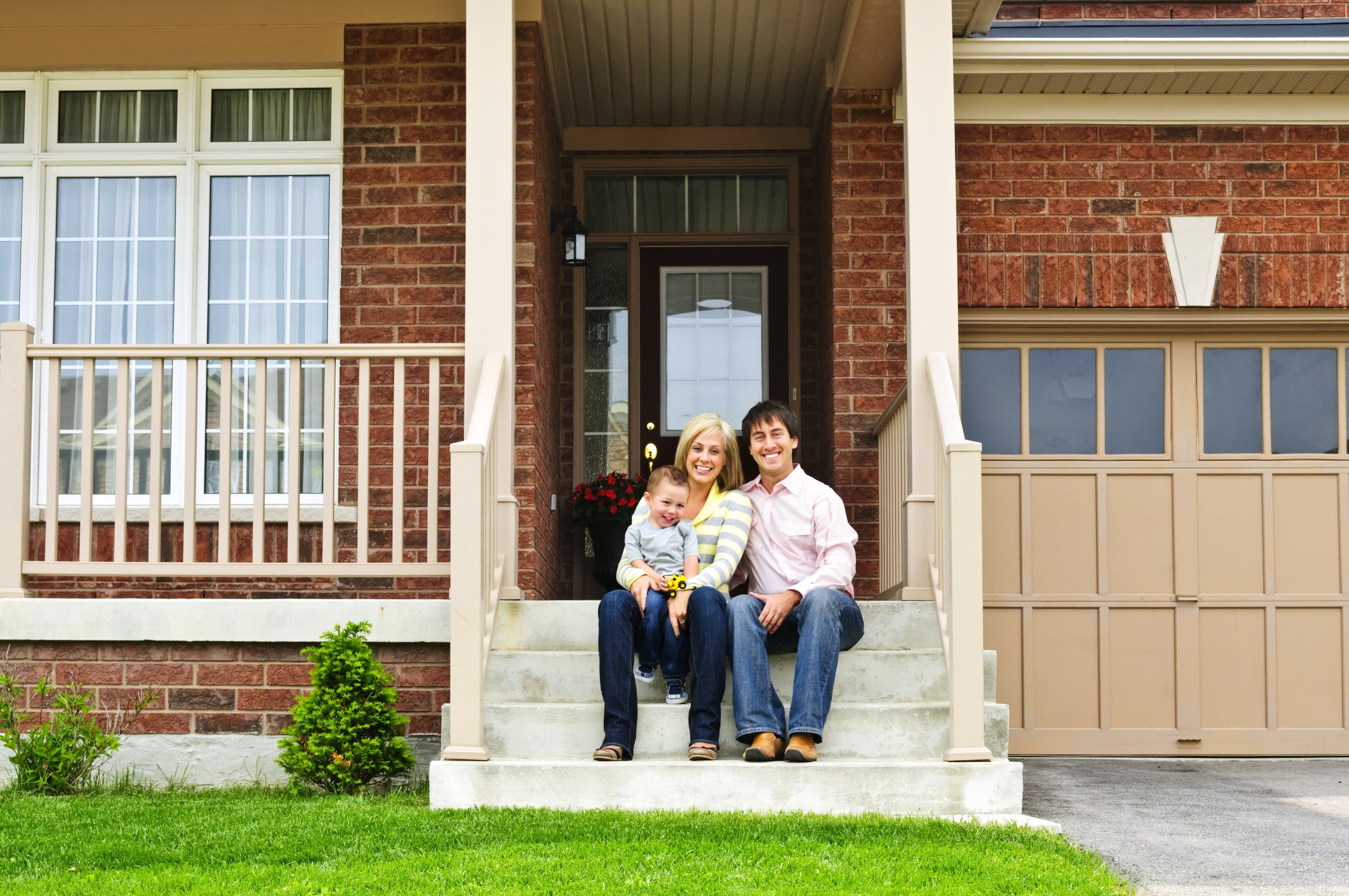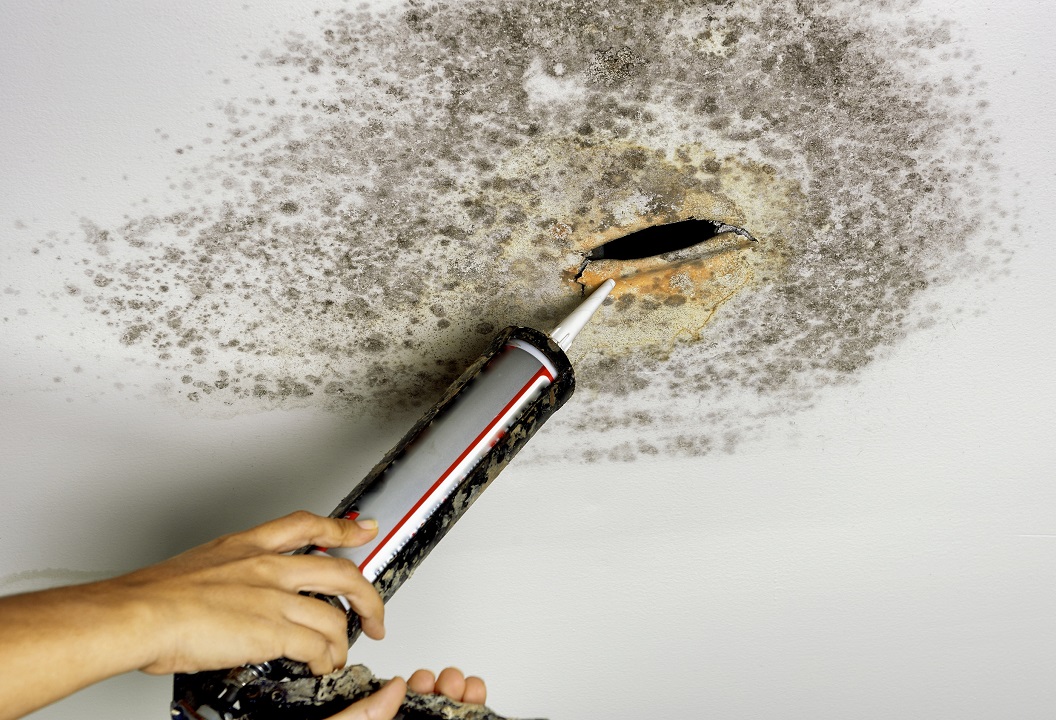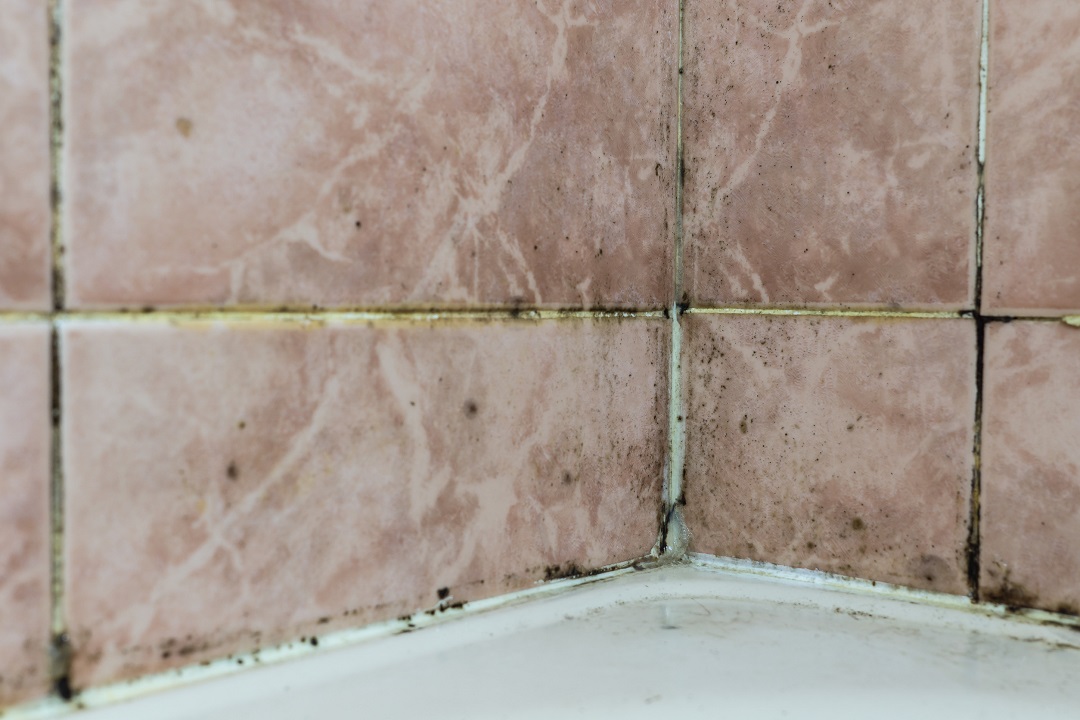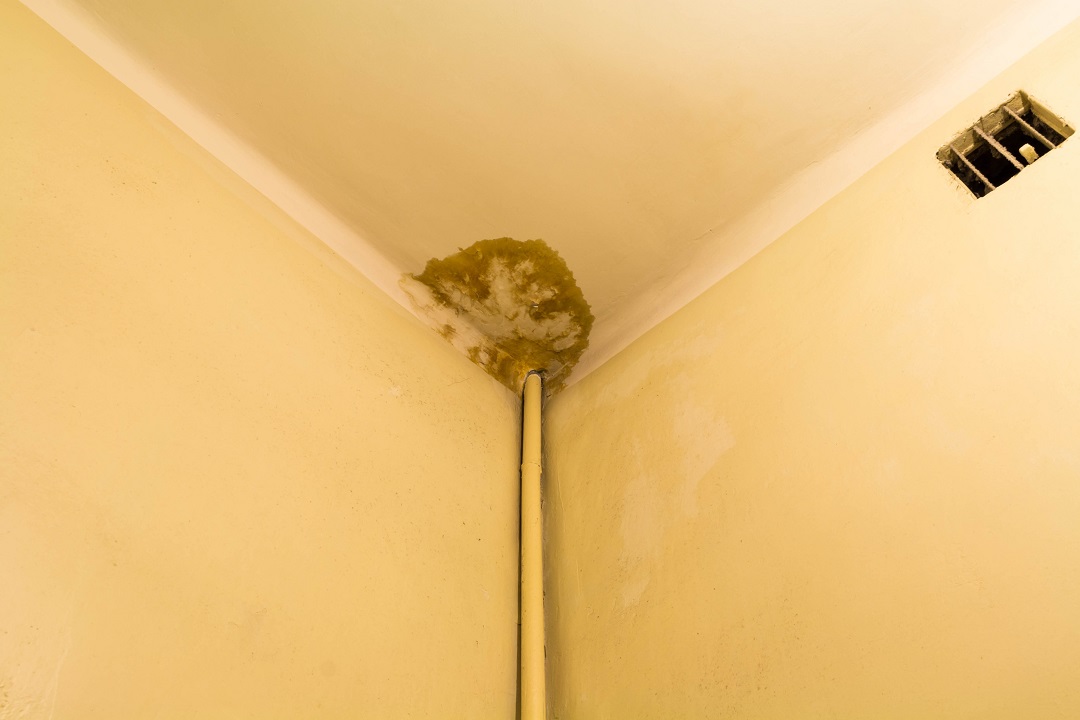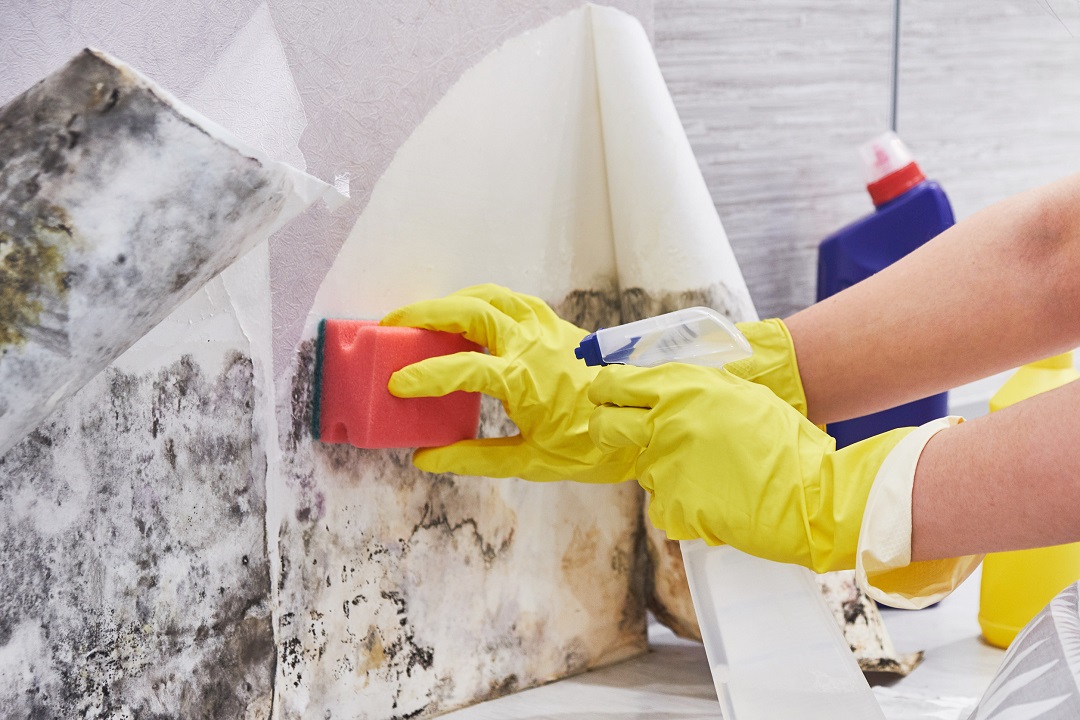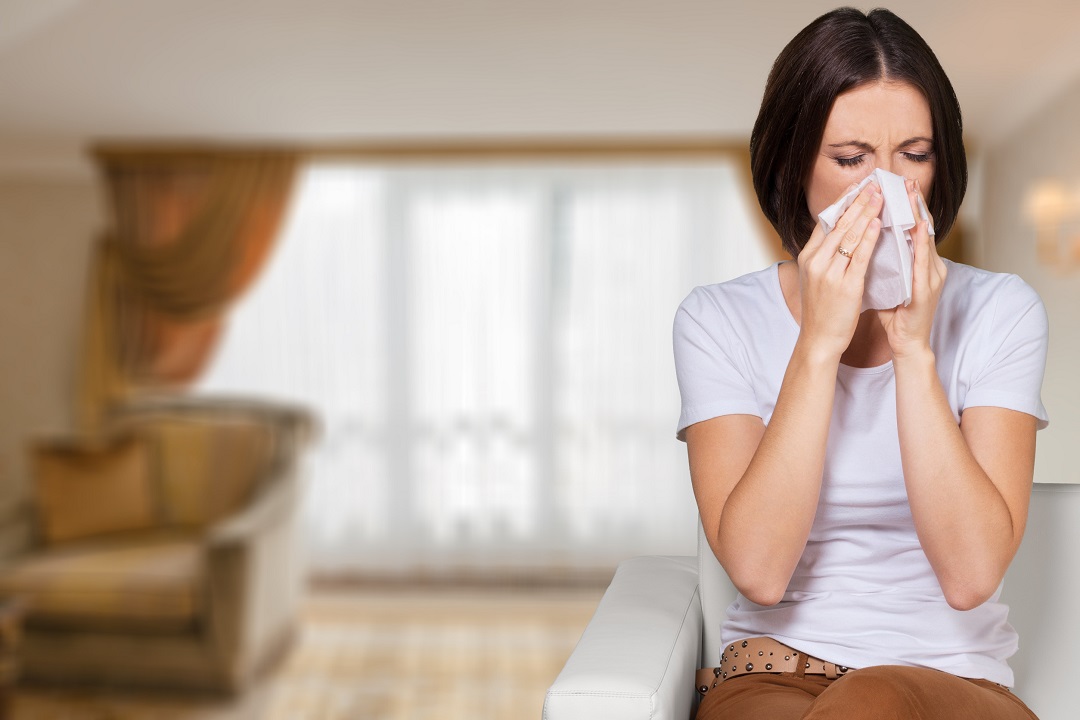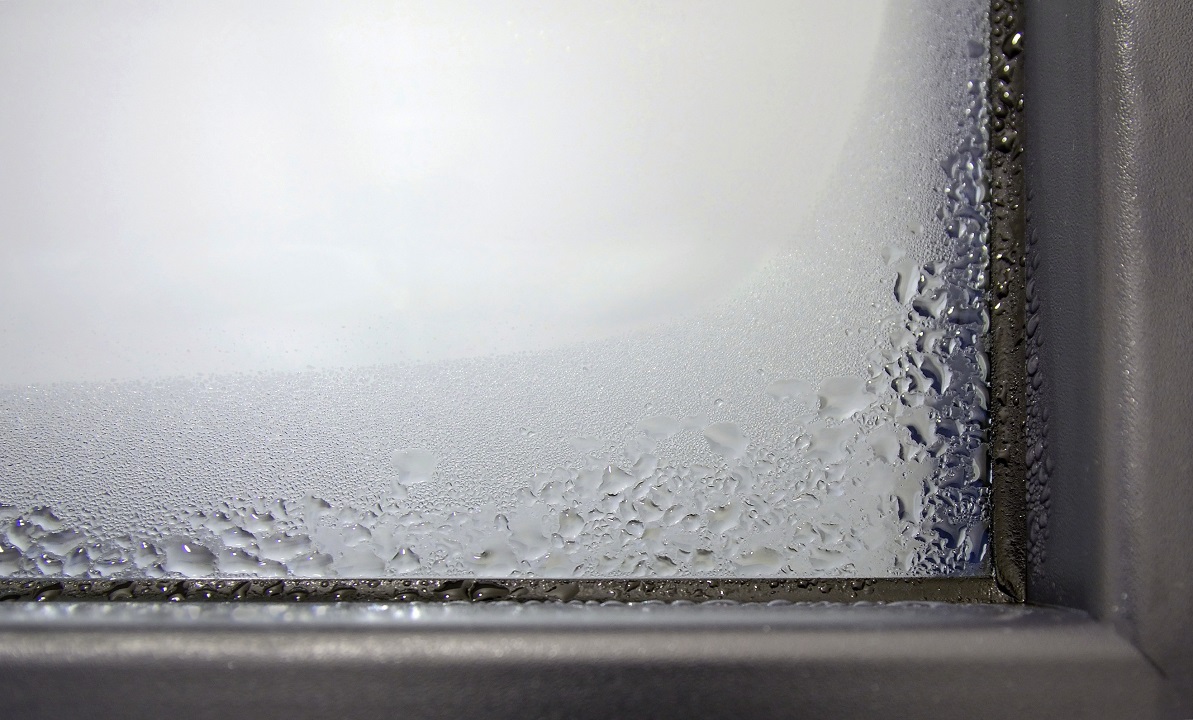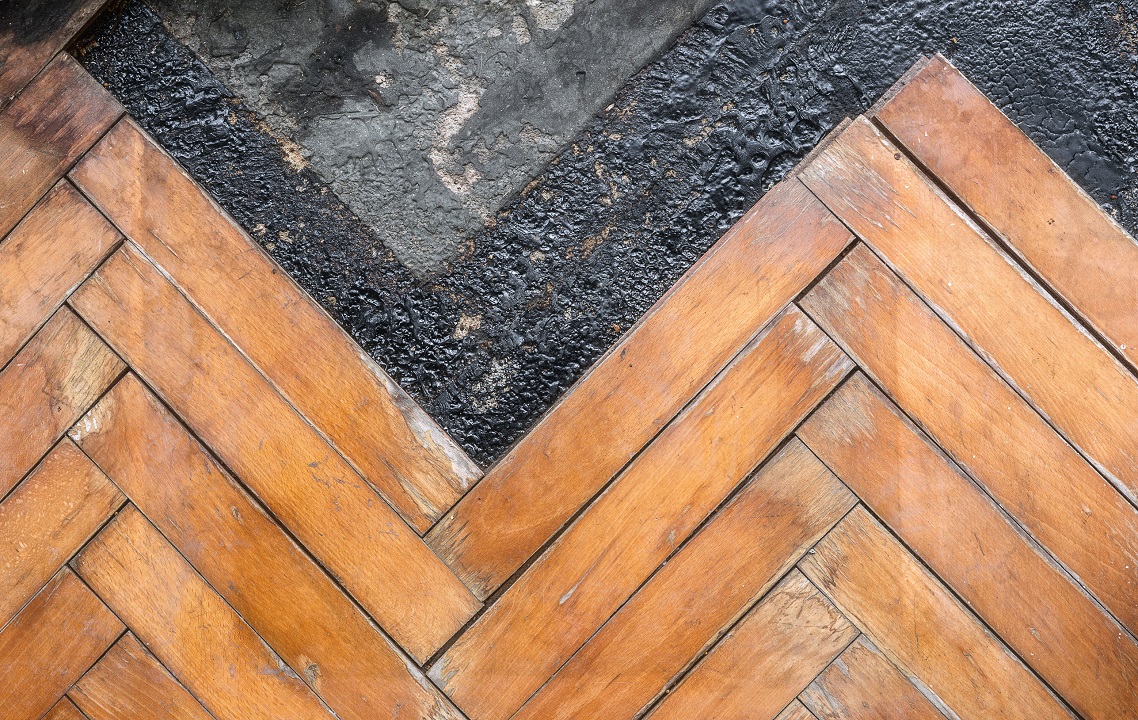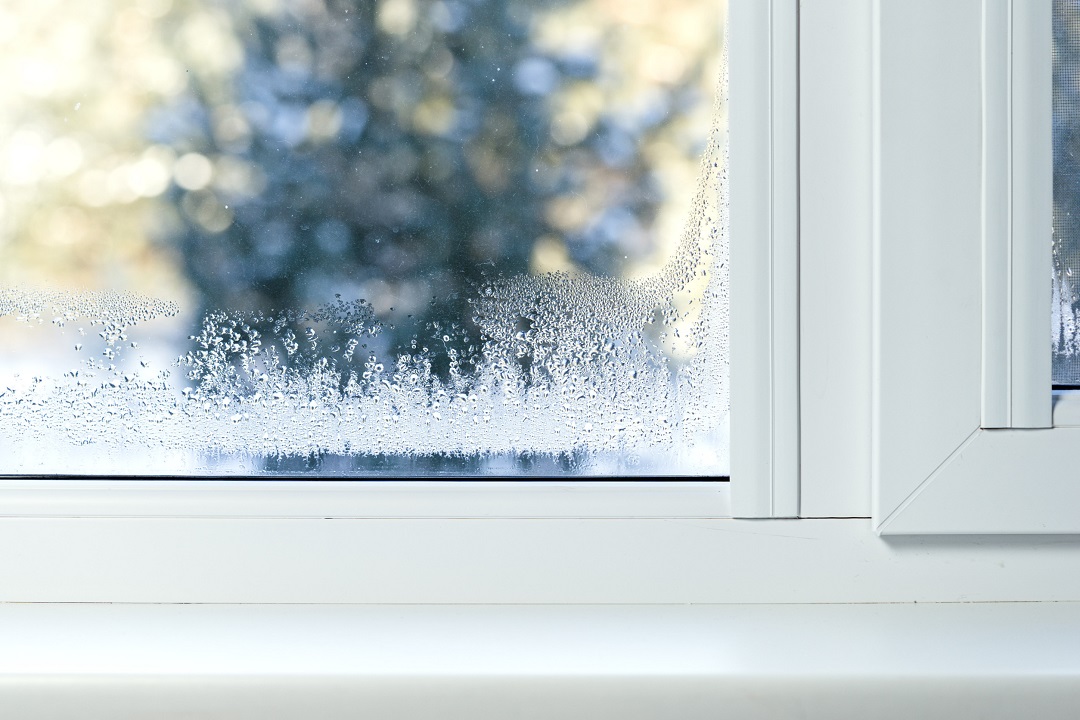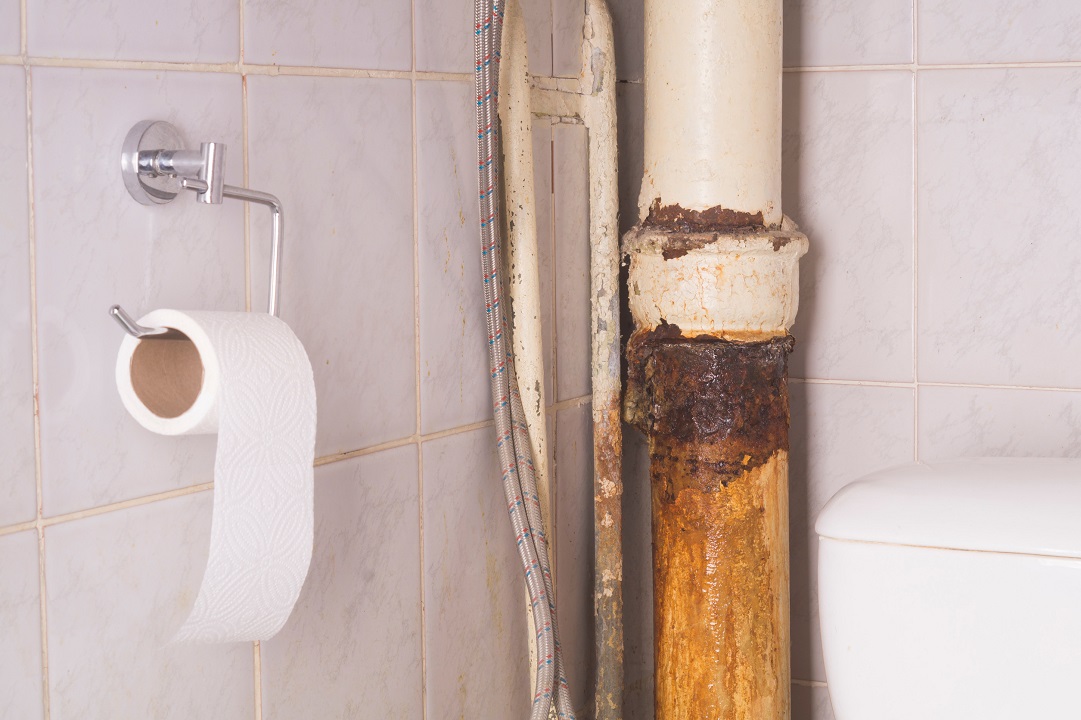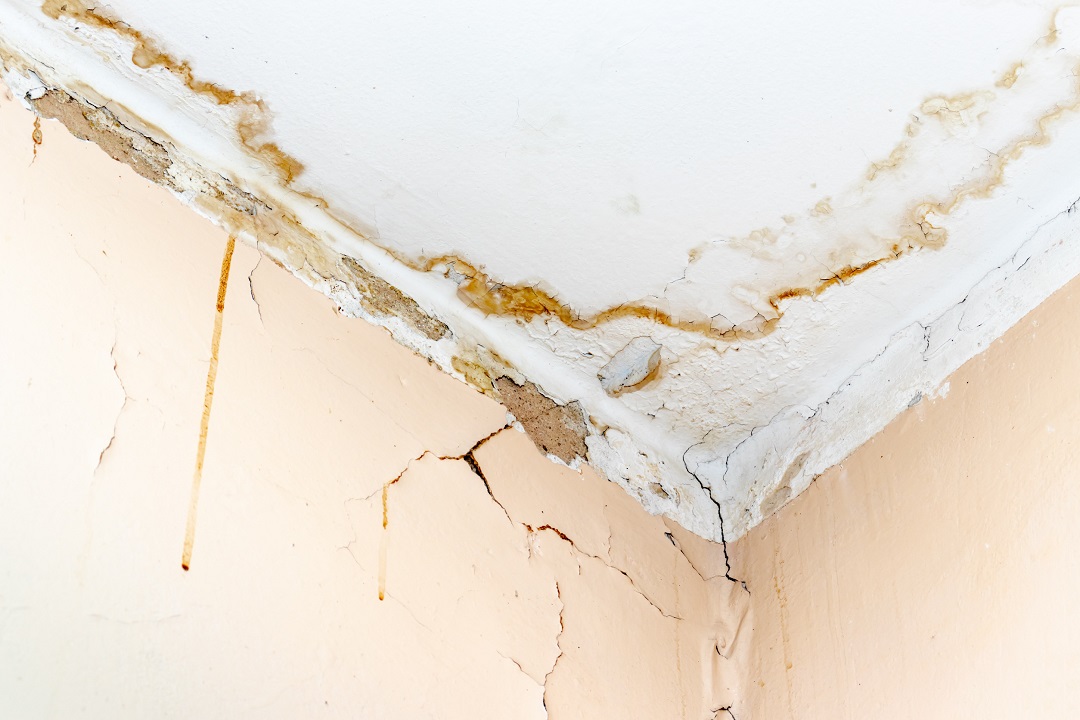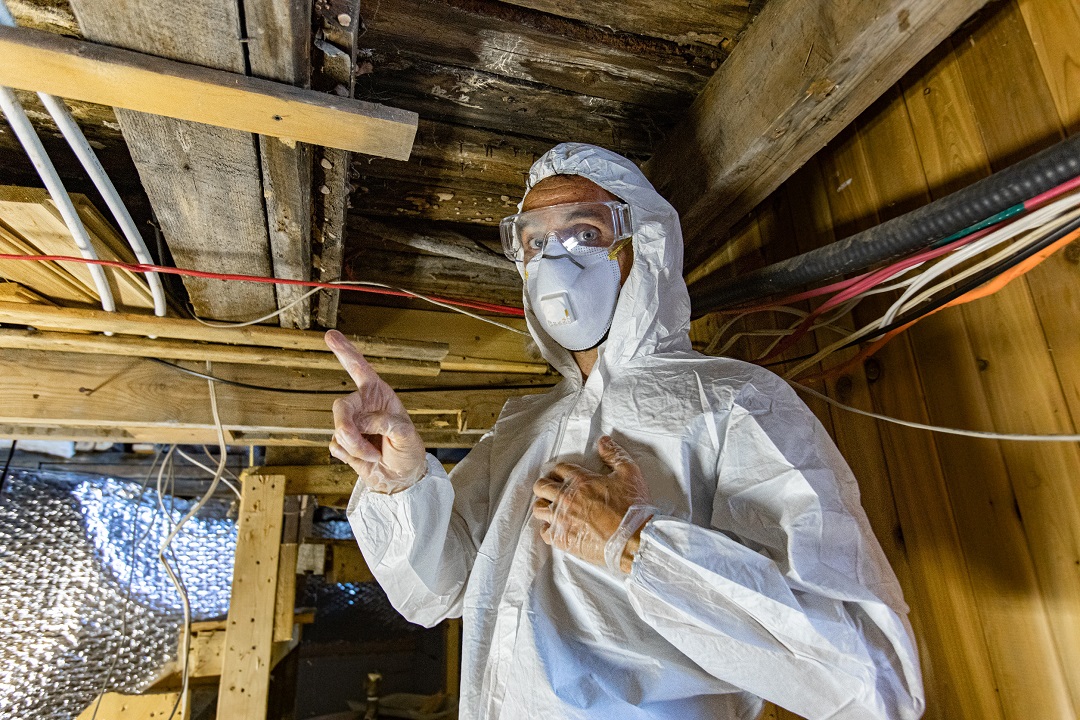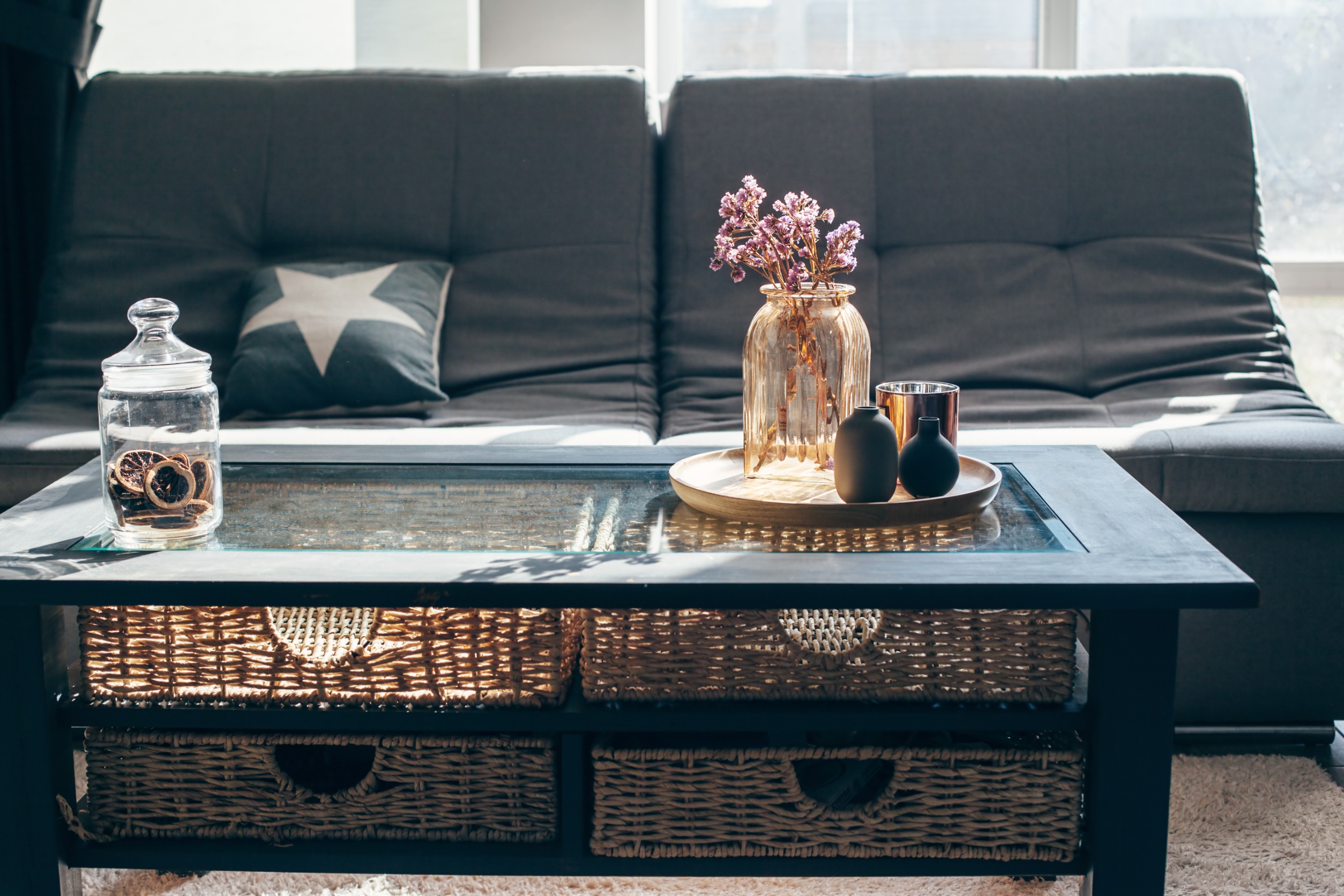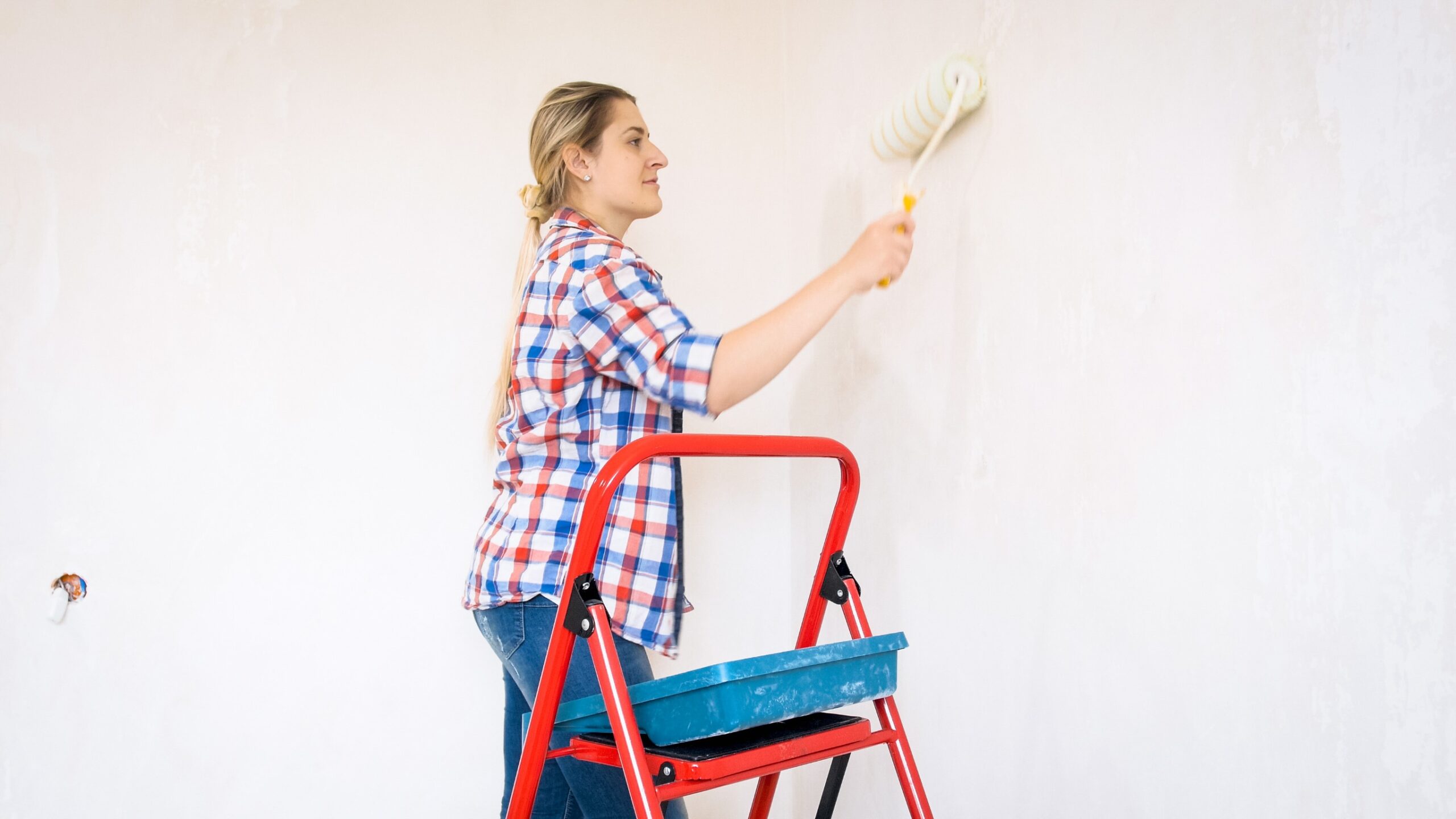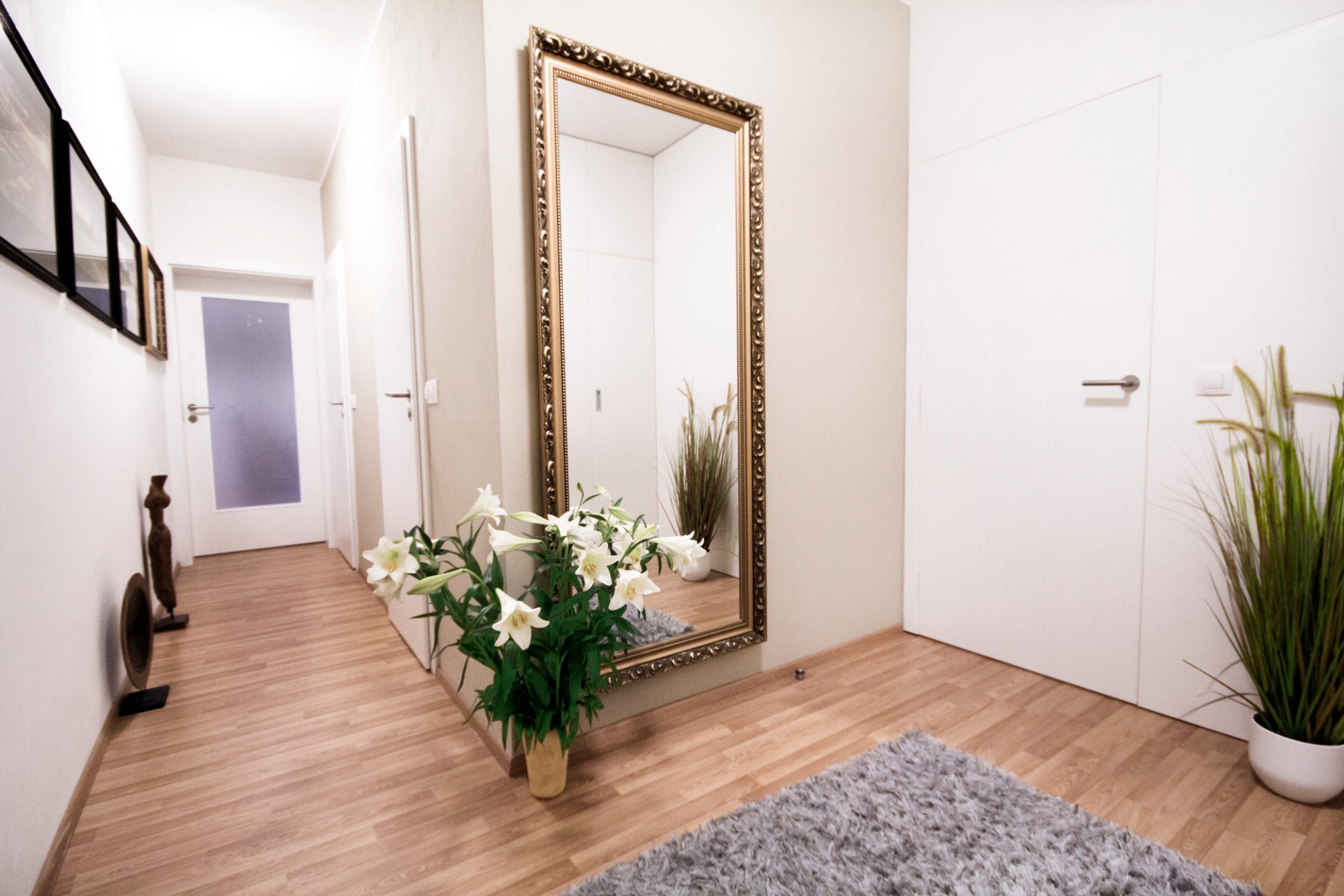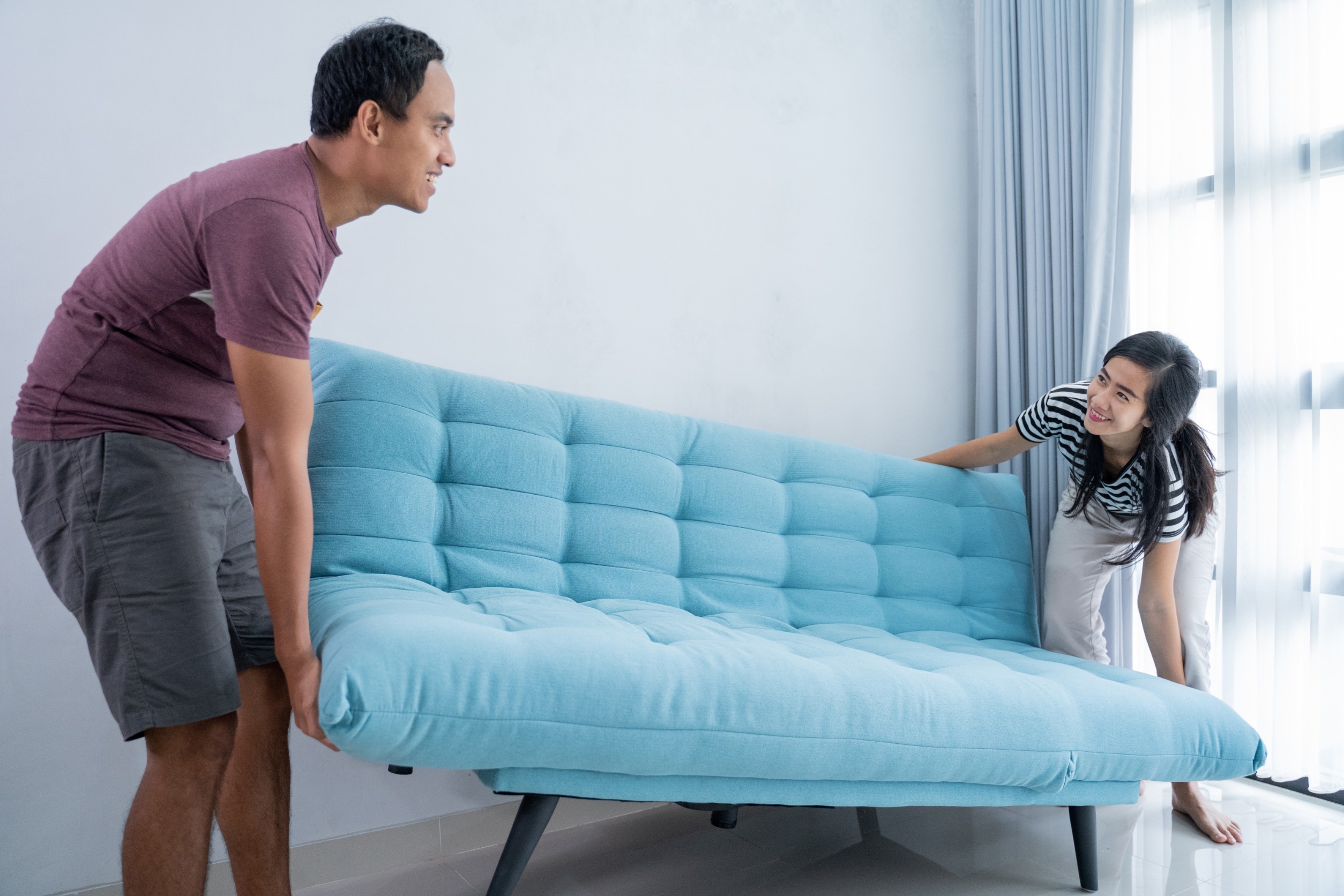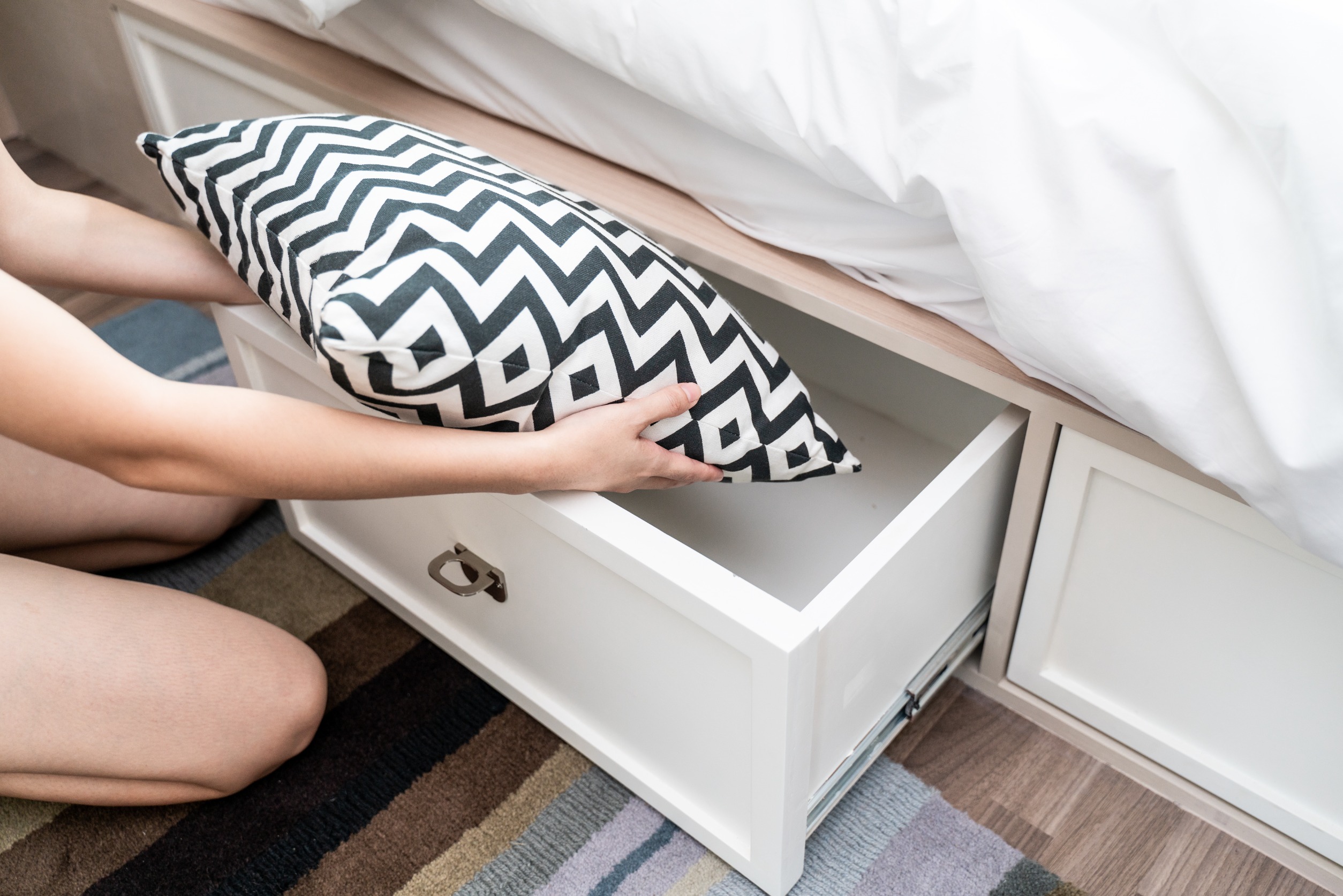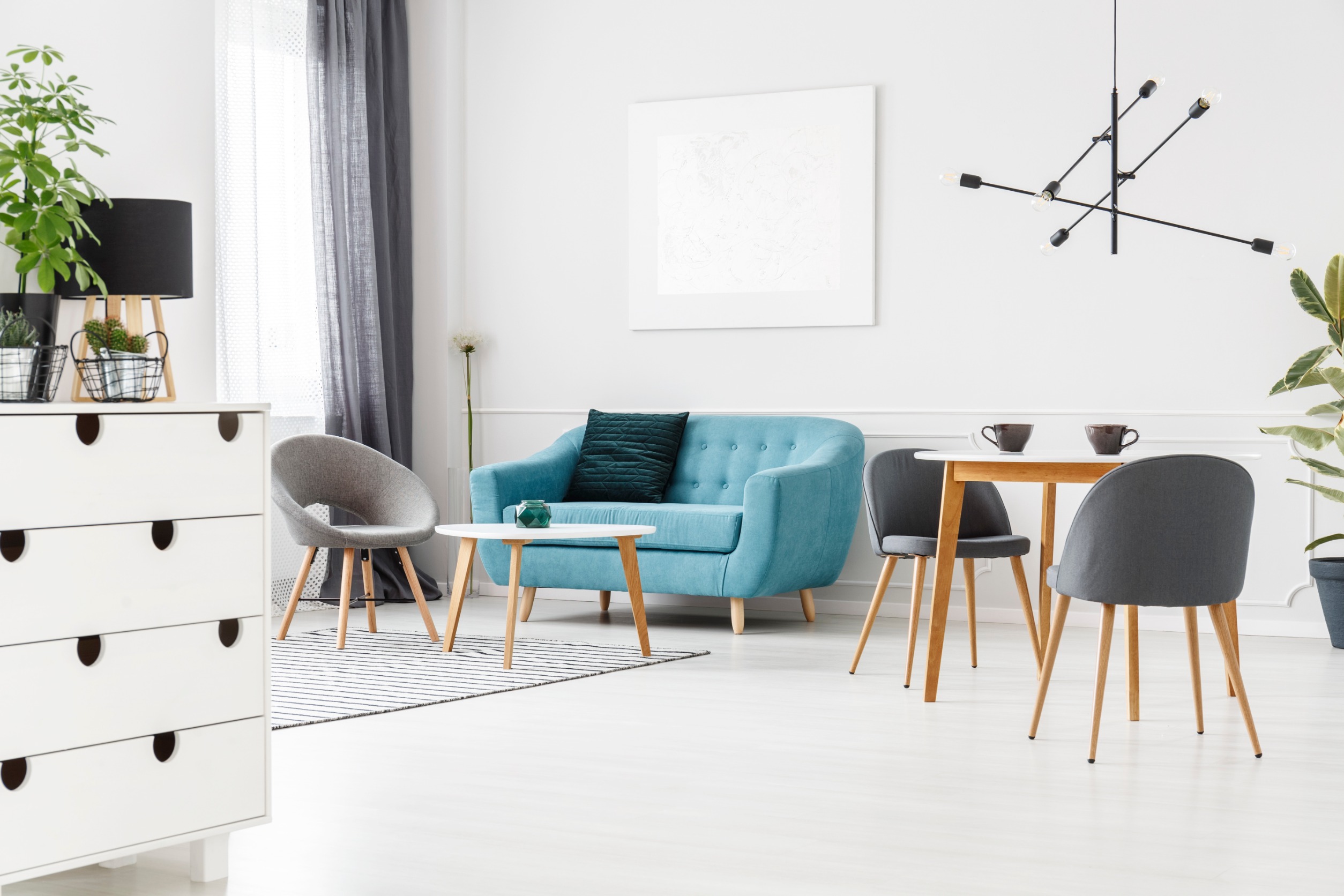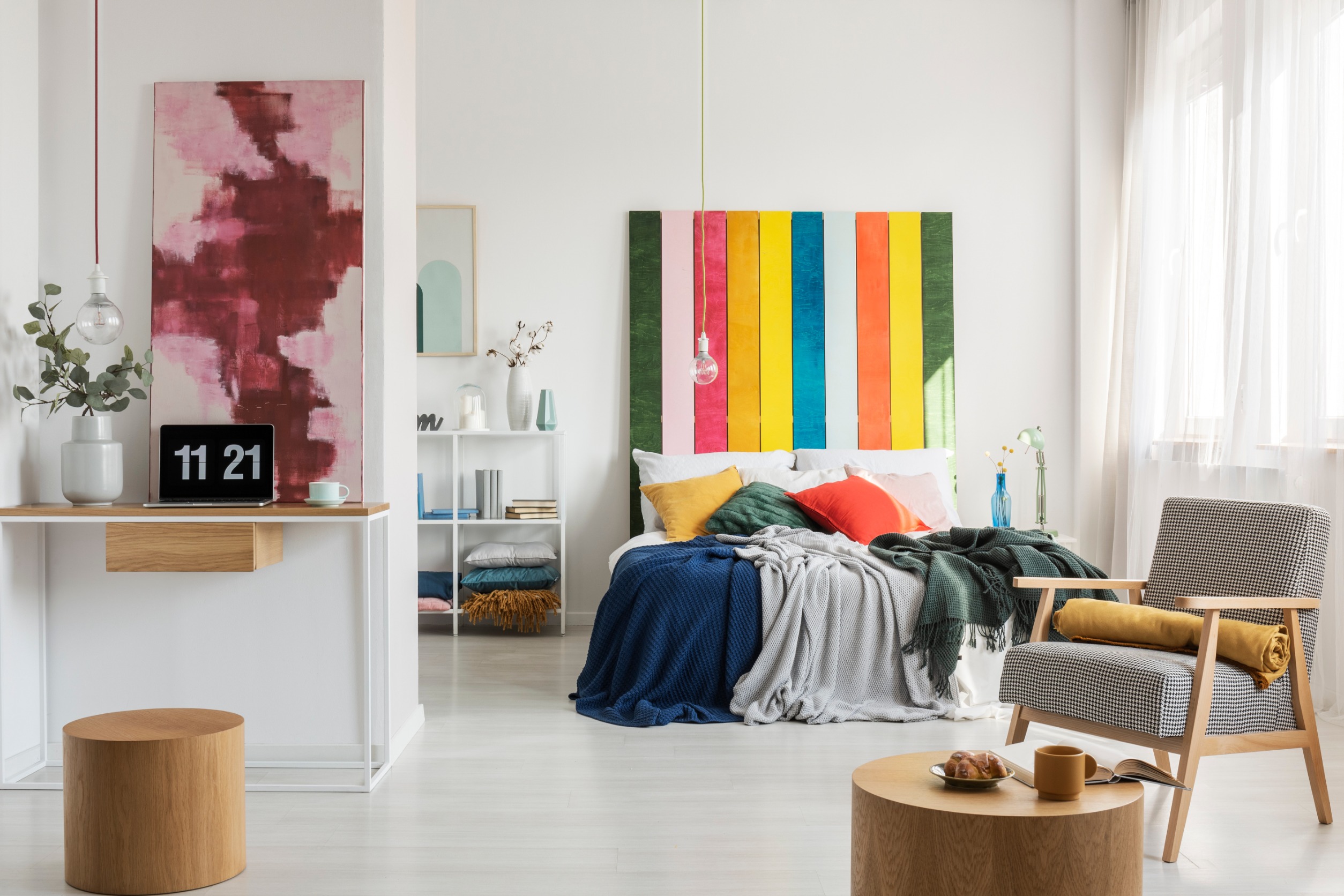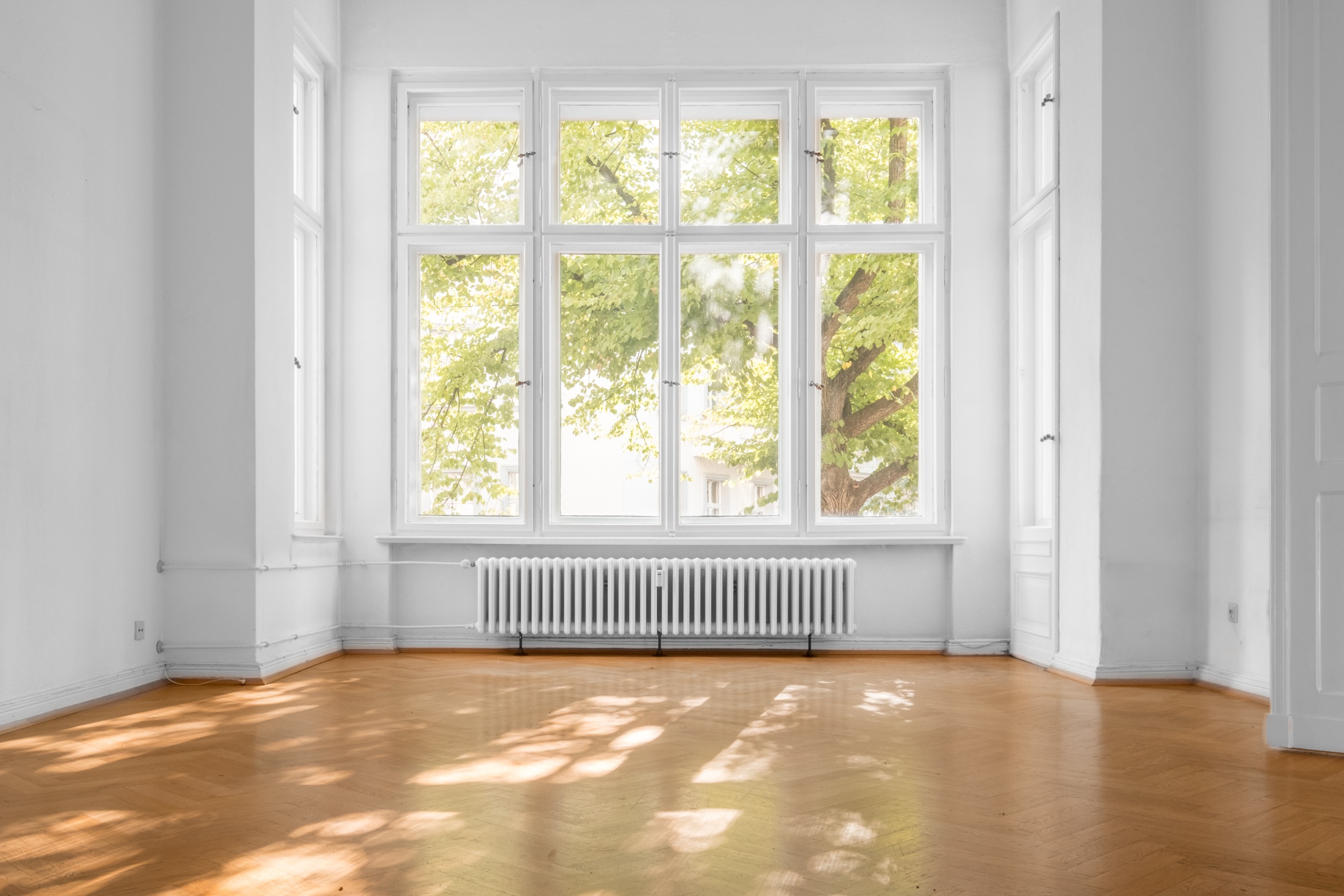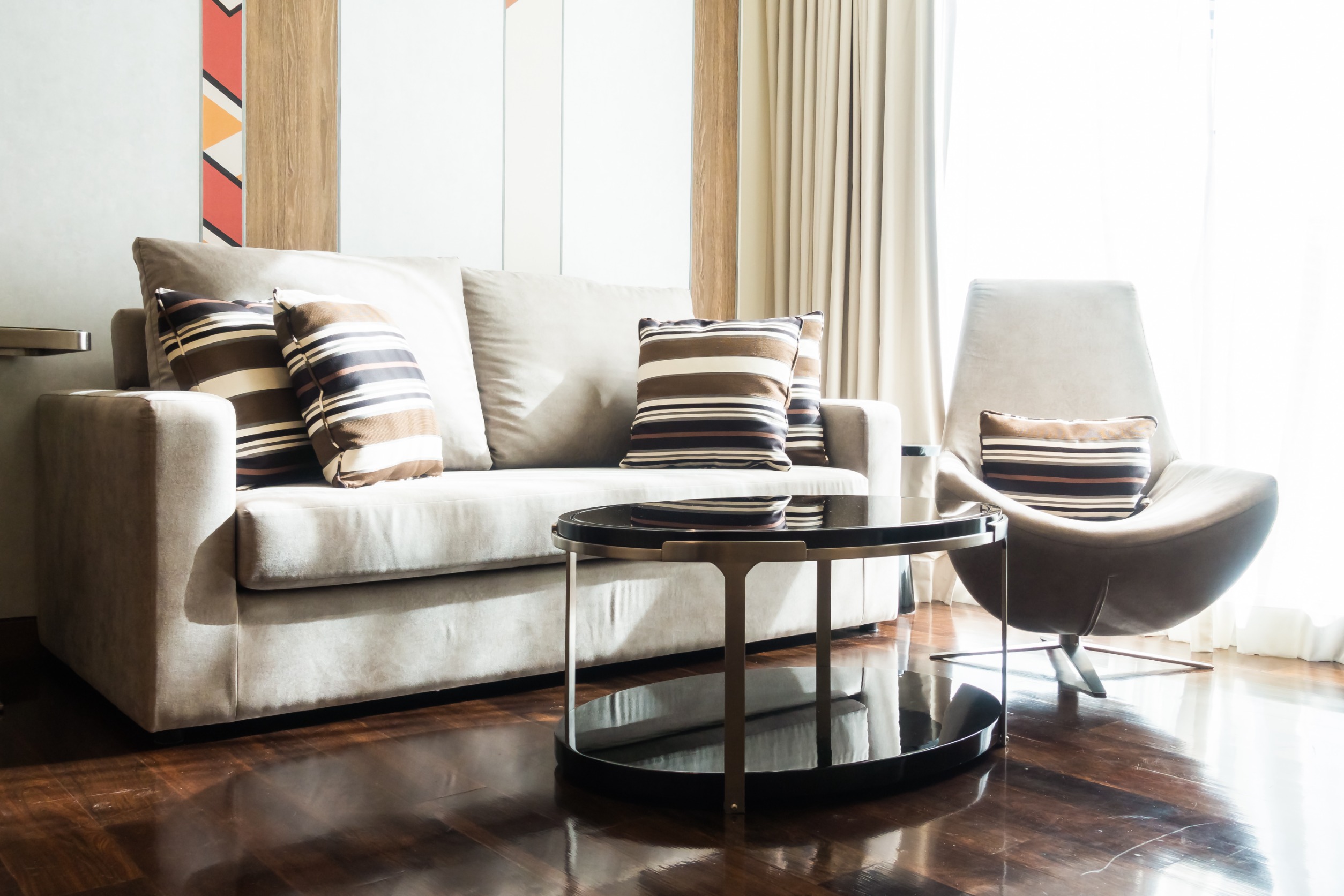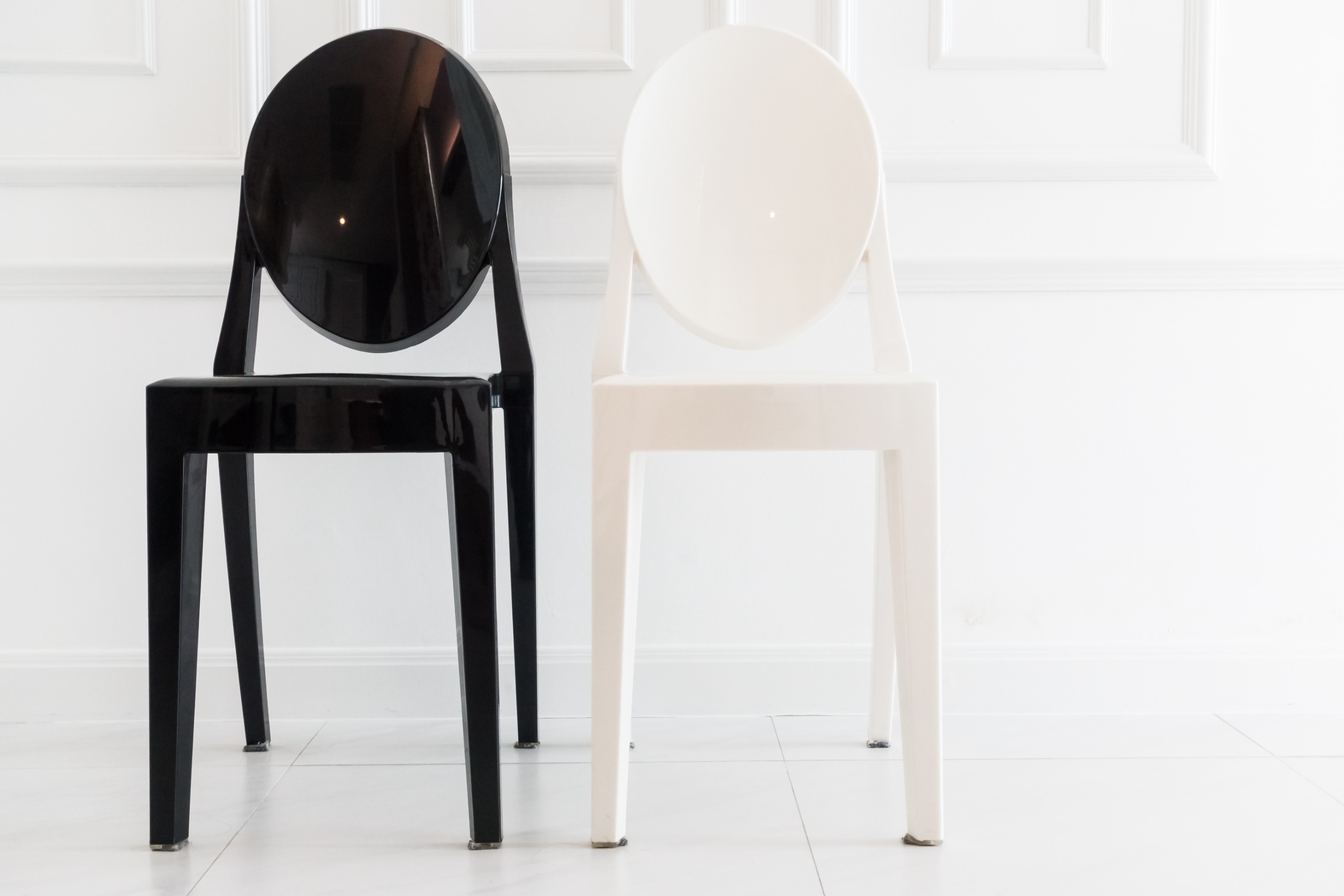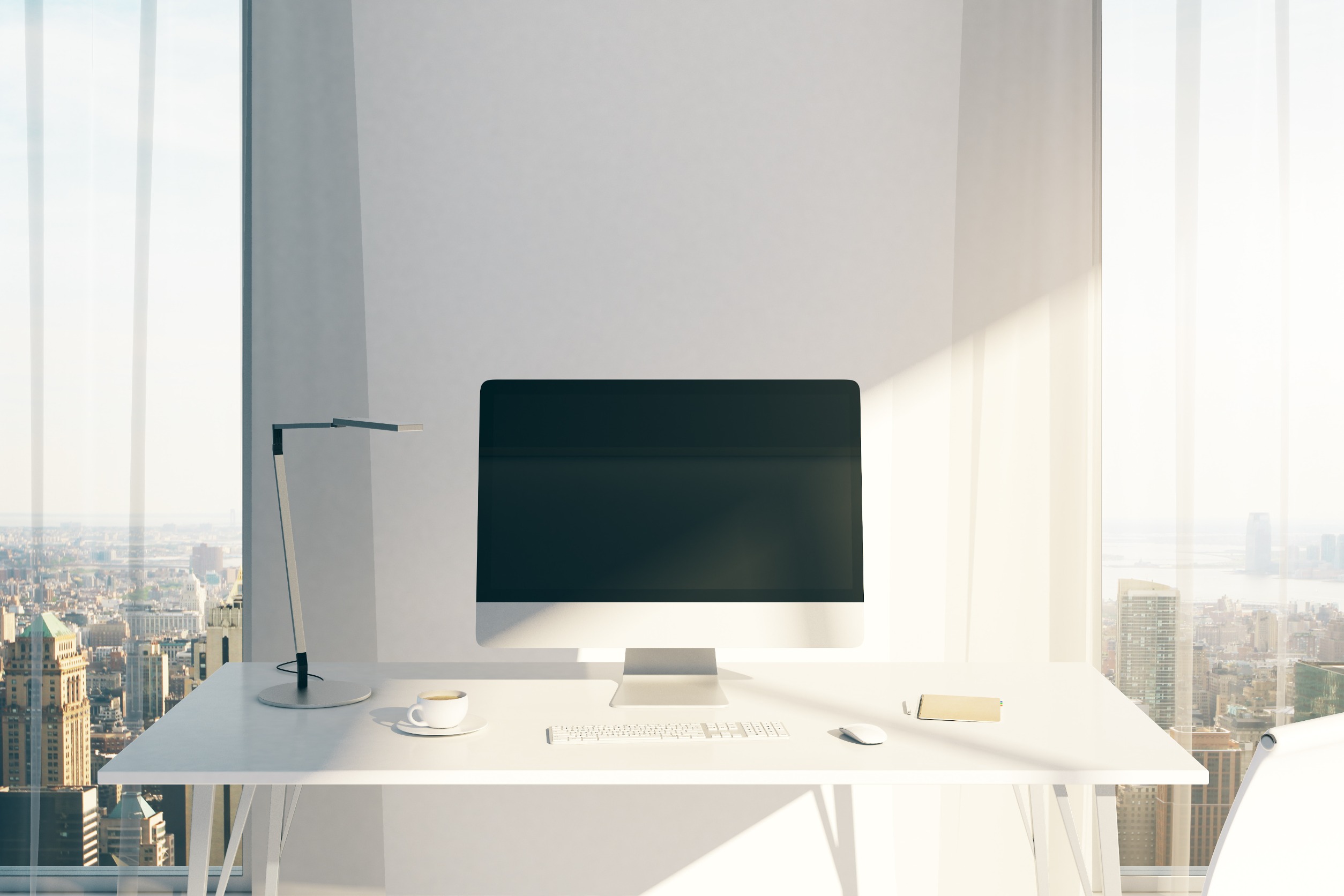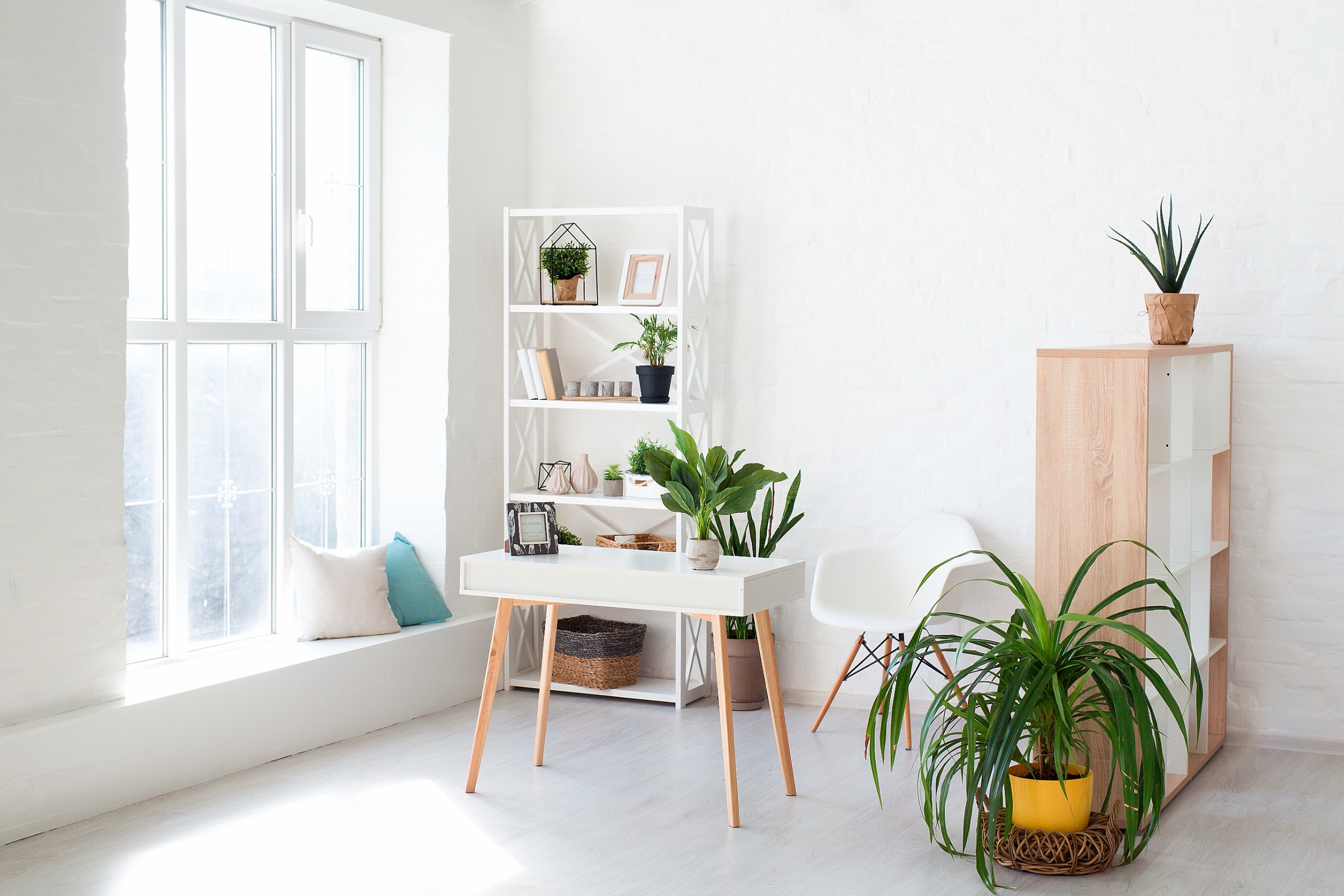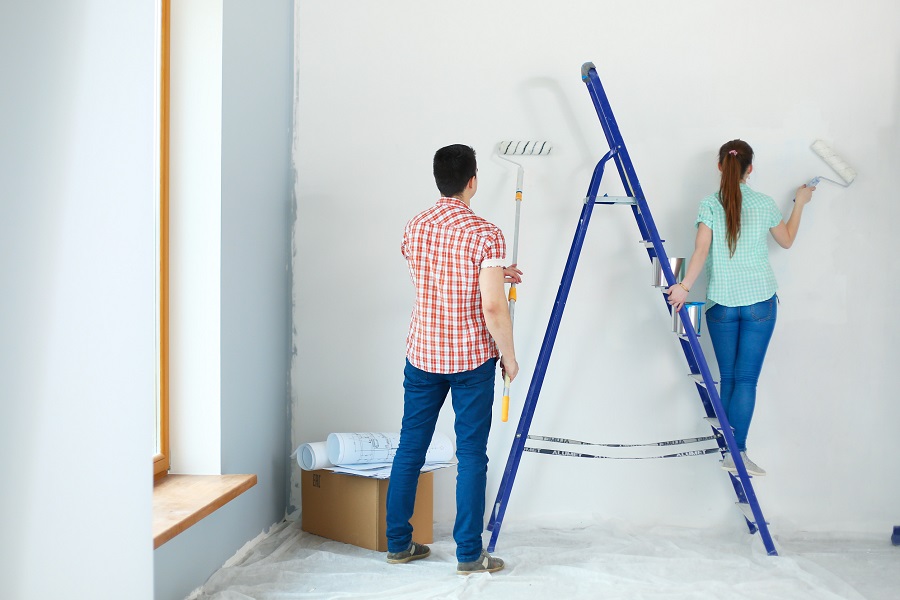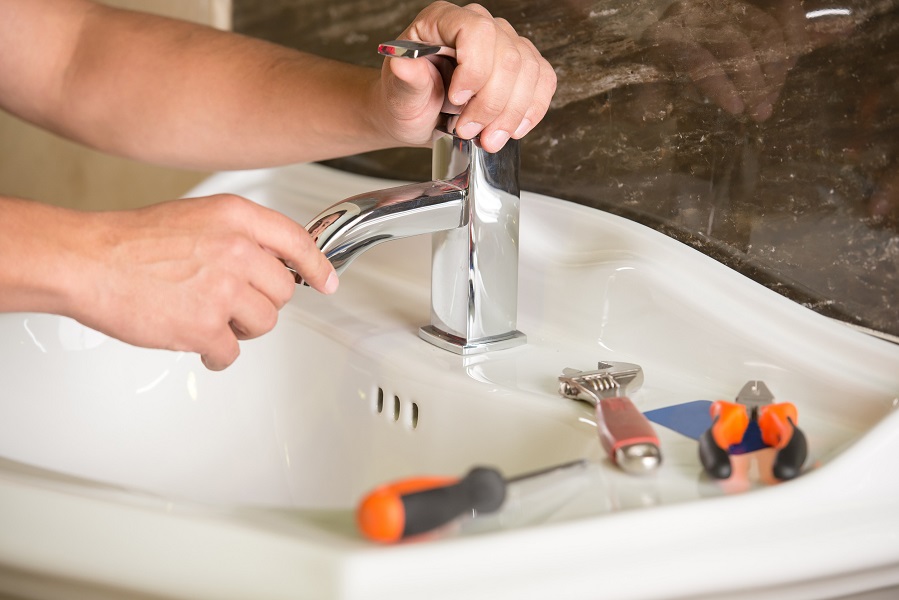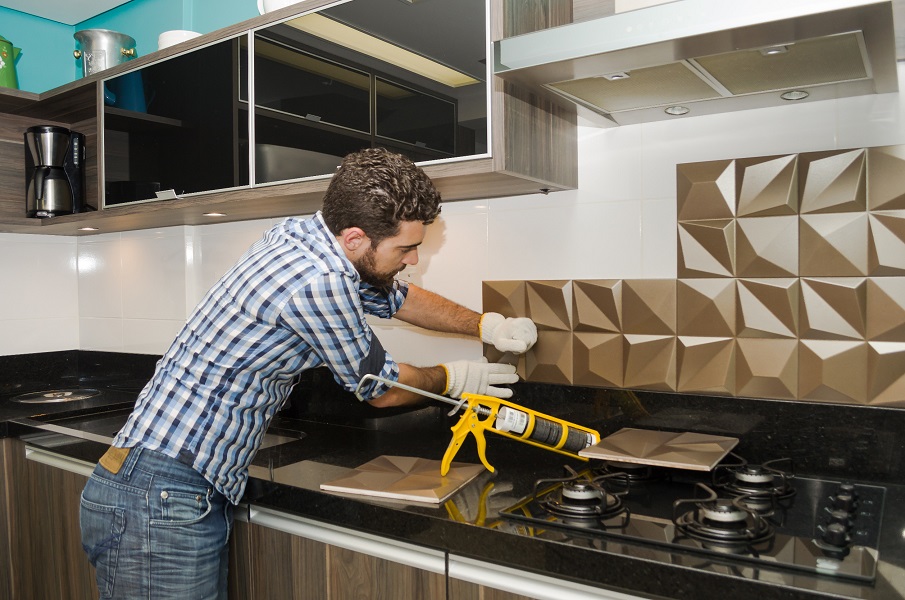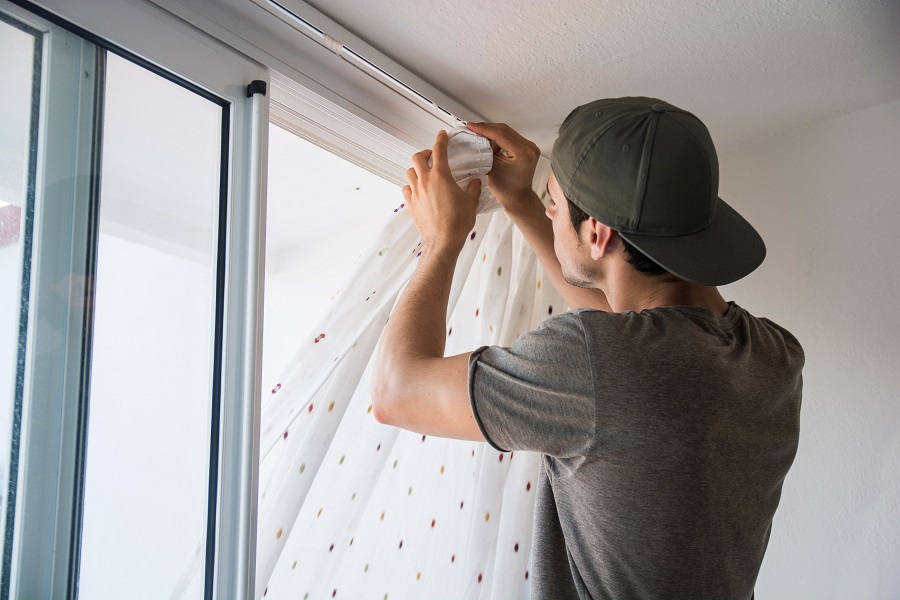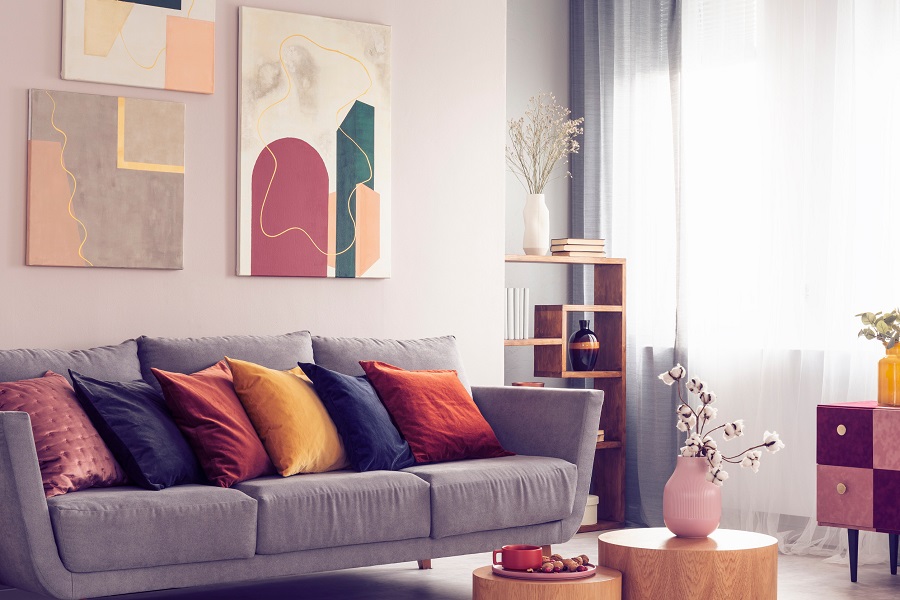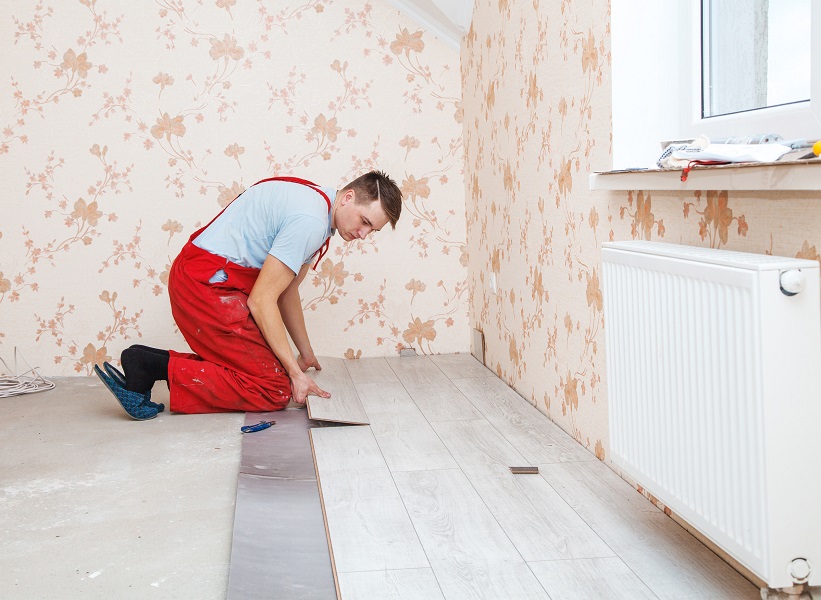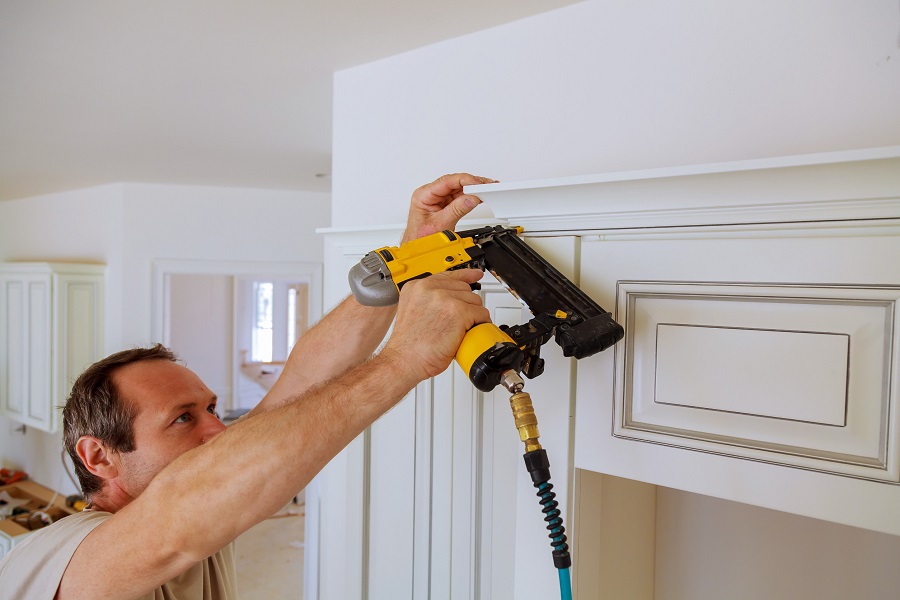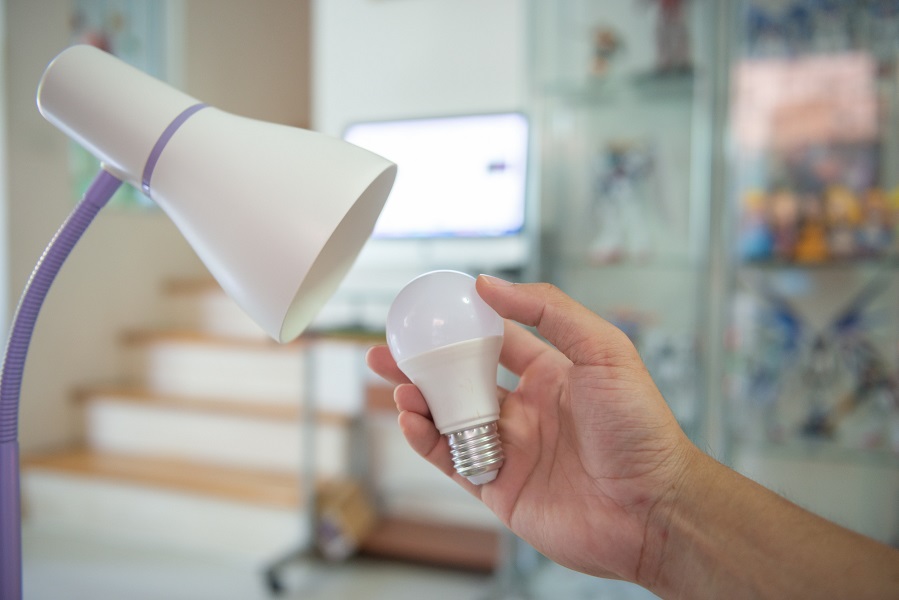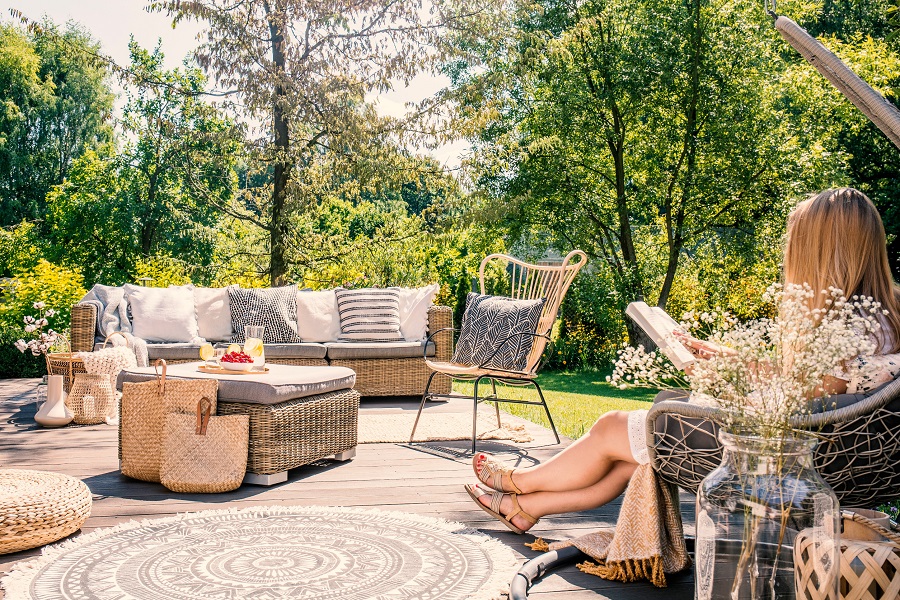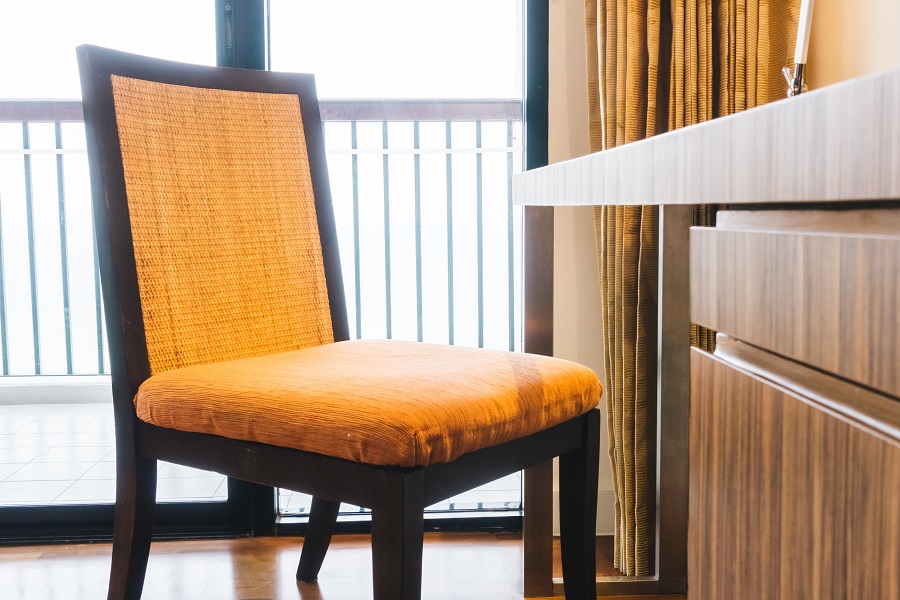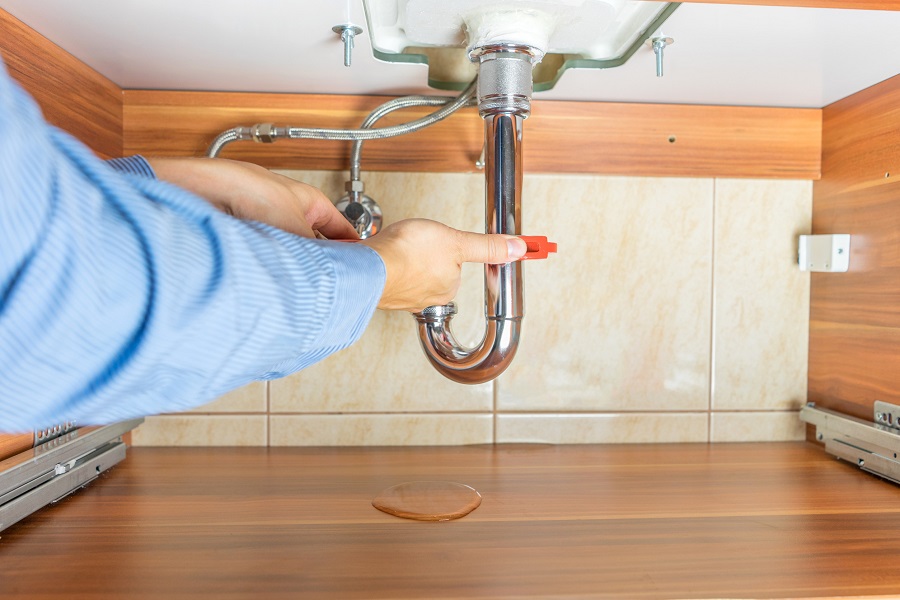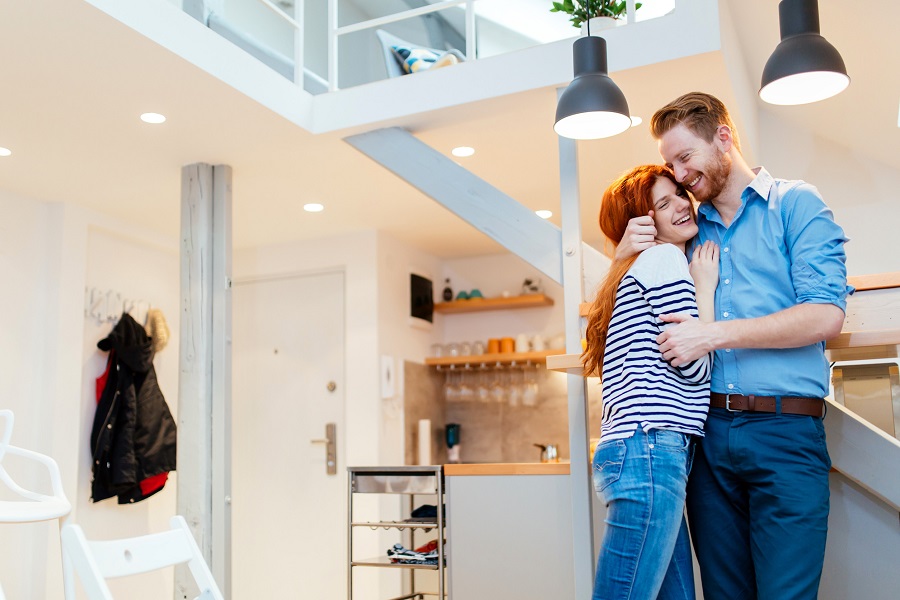Moving to a new city can be both exhilarating and overwhelming. Whether you’re moving for a job, school, or just a fresh start, there are essential steps you should take to make your transition smoother. Here are 12 things you should always do when you move to a new city.
1. Research Your New Neighborhood
Before you even set foot in your new city, spend time researching the neighborhood you’ll be living in. Look into the local amenities, safety, and convenience. Find out where the nearest grocery stores, pharmacies, and hospitals are. This will help you feel more comfortable and prepared for your move.
2. Get Acquainted with Public Transportation
Understanding the public transportation system when you move to a new city is crucial. Whether it’s buses, trains, or subways, knowing how to get around will save you time and money. Download local transit apps and consider getting a transit pass. This way, you’ll avoid the stress of navigating the city and can explore more freely.
3. Update Your Address and Essential Records
One of the first things you should do is update your address with the postal service, your bank, and any subscription services. Notify your employer and any relevant institutions of your new address. Also, transfer your driver’s license and vehicle registration if applicable. This ensures you won’t miss any important mail and are legally compliant in your new city.
4. Explore Local Culture and Cuisine
Diving into the local culture can make your transition much more enjoyable. Visit museums, attend local festivals, and try the regional cuisine. This will help you understand and appreciate the city’s unique character. Plus, you’ll start to feel like a local much quicker.
5. Meet Your Neighbors
Introducing yourself to your neighbors can significantly ease your transition. Not only can they offer valuable advice about the area, but they can also become friends. Attend neighborhood events or simply knock on doors to say hello. Building these relationships can create a sense of community and belonging.
6. Join Local Groups and Organizations
Joining clubs or organizations that match your interests is a fantastic way to meet new people. Whether it’s a sports team, a book club, or a professional group, these settings provide an excellent opportunity to build connections. Check out social media or community boards for group information. Being active in such groups can help you form meaningful relationships quickly.
7. Find a Reliable Healthcare Provider
Finding a healthcare provider should be a top priority when you move to a new city. Research local doctors, dentists, and specialists. Read reviews and ask for recommendations to find the best options. Make sure to check with your insurance that your new providers are in-network. Establishing care early ensures you’re prepared in case of any health issues.
8. Set Up Utilities and Home Services
Ensure that your new home is fully functional by setting up utilities and home services. Contact local providers to establish electricity, water, gas, and internet services. Don’t forget about trash collection and any other essential services. Doing this ahead of time will make moving to a new city much smoother.
9. Familiarize Yourself with Local Laws and Regulations
Each city has its own set of laws and regulations, from parking rules to recycling protocols. Take the time to learn about these to avoid any legal issues. This is particularly important if you have pets or plan to renovate your home. Knowing the rules will help you adapt more easily and stay out of trouble.
10. Establish a Routine
Creating a routine can provide a sense of normalcy and stability in your new environment. Establish daily habits like morning jogs, coffee shop visits, or weekly grocery shopping. This not only helps you adjust but also allows you to discover local spots and settle into your new community. A routine can make your new city feel more like home.
11. Stay in Touch with Old Friends
While making new friends is important, don’t forget to maintain relationships with those you left behind. Regular calls, video chats, and visits can keep these bonds strong. This support network can be invaluable during your transition period. Staying connected helps balance the excitement of new experiences with the comfort of familiar ones.
12. Be Patient and Give Yourself Time
Adjusting to a new city takes time, and it’s essential to be patient with yourself. There will be moments of loneliness and uncertainty, but these are part of the process. Allow yourself to gradually adapt to your new surroundings and find your rhythm. Remember, it’s okay to feel out of place initially; it’s all part of the journey.
Embracing the Change of Moving to a New City
Making a move to a new city is a significant life change that requires careful planning and an open mind. By following these steps, you can ease your transition and start enjoying your new environment sooner. Embrace the adventure, meet new people, and explore all that your new city has to offer. With time, patience, and effort, you’ll soon feel right at home.
Read More
Family Adventures: Planning Memorable Trips with Kids of All Ages
10 Reasons You Should Reconsider Plastic Surgery

Teri Monroe started her career in communications working for local government and nonprofits. Today, she is a freelance finance and lifestyle writer and small business owner. In her spare time, she loves golfing with her husband, taking her dog Milo on long walks, and playing pickleball with friends.

